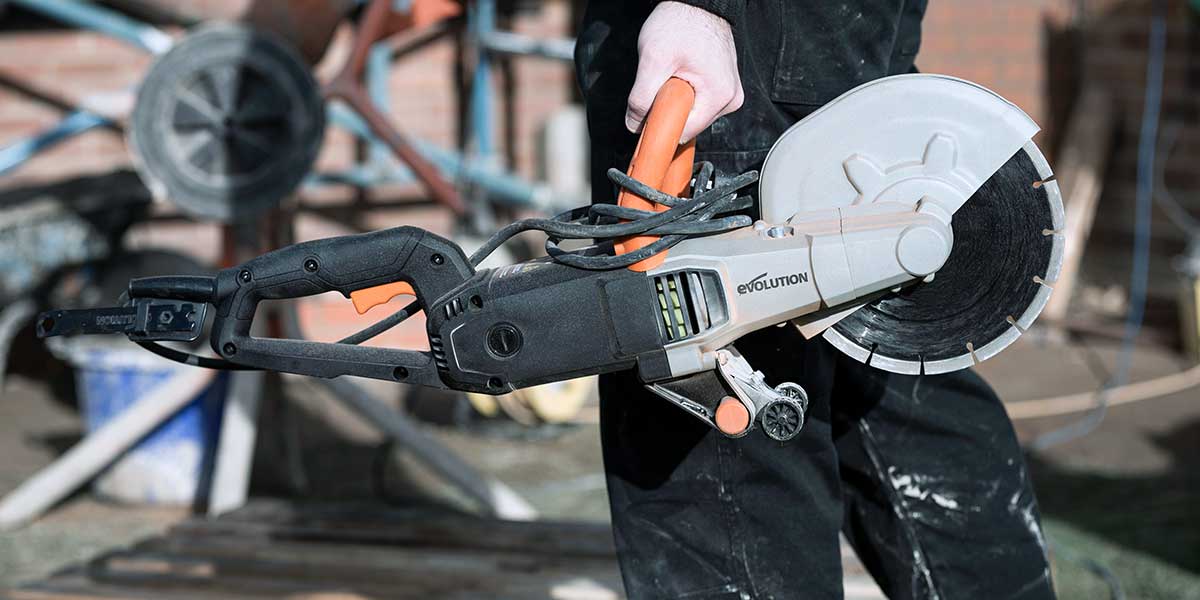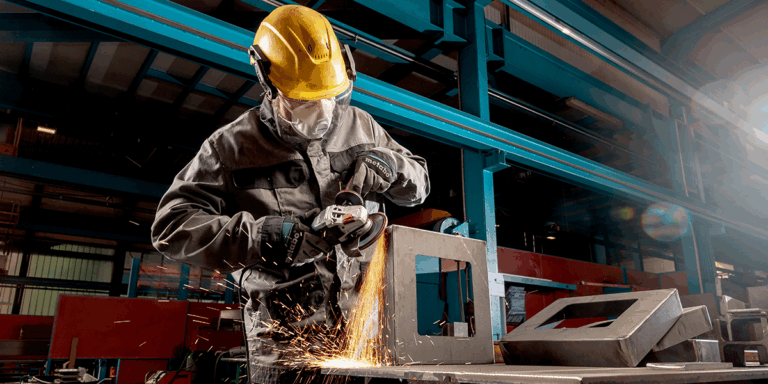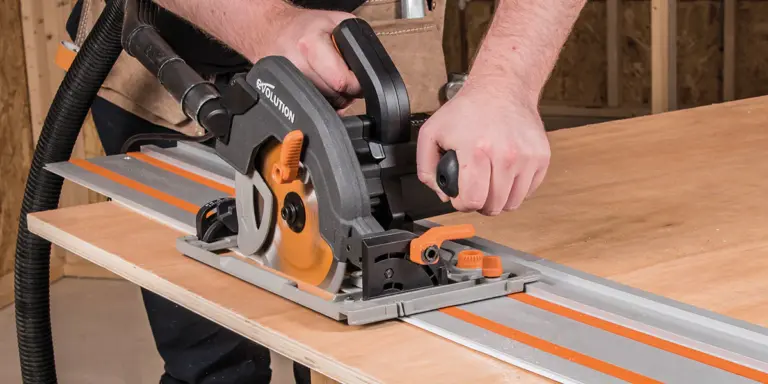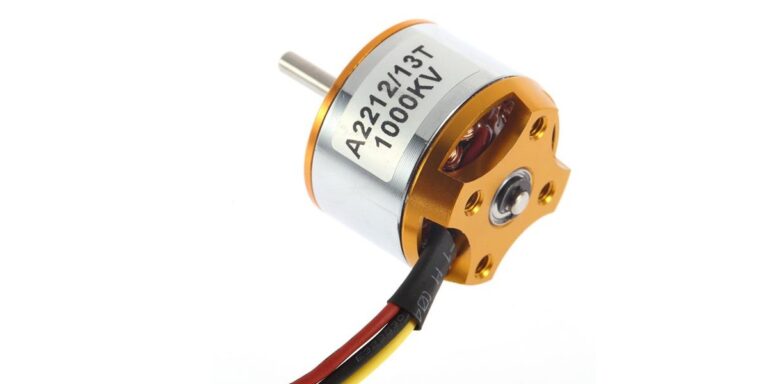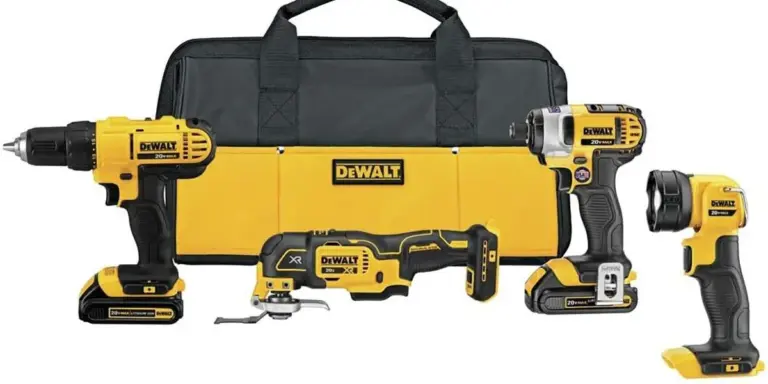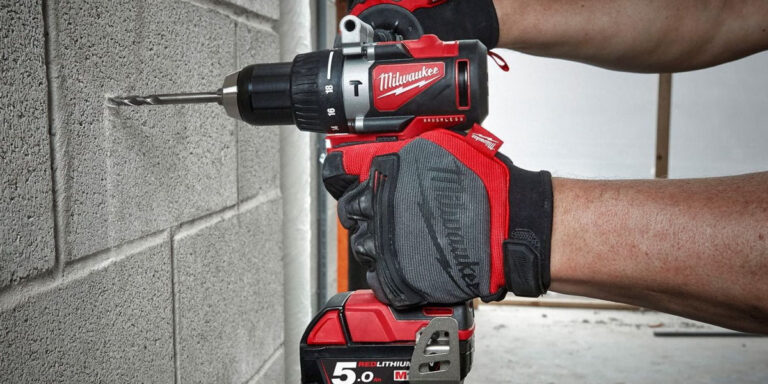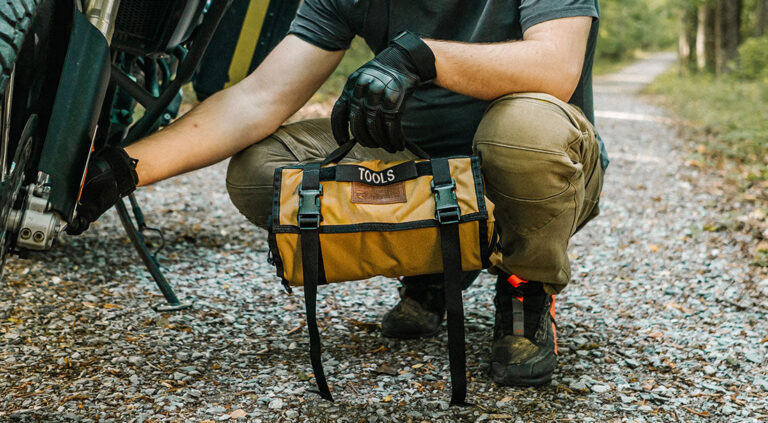How to Choose a Quality Hammer: A DIY Guide That Nails It
A hammer might seem like the most straightforward tool in a toolbox, but choosing the right one makes a surprising difference in how your projects turn out. Whether you’re framing a wall, tapping in trim nails, or working with delicate materials, having a hammer that suits the job and feels good in your hand is more important than most people realize. I’ve worked with dozens of different hammers over the years, and the one thing I’ve learned is that not all of them are created equal. If you’re wondering how to choose a quality hammer that lasts and performs well, you’re in the right place.
This guide walks through everything I’ve found useful when selecting hammers for various DIY tasks—what features to look for, what materials matter most, and how small differences in design can impact comfort and control. A quality hammer should do more than drive nails; it should reduce fatigue, increase accuracy, and give you confidence with every swing.
Let’s break it down and figure out what really matters when deciding how to choose a quality hammer for your personal toolkit.
Start with the Type of Hammer You Need
Before we even get into grip, weight, or materials, it’s important to identify the type of hammer that fits your project. Not every hammer is meant for general-purpose use. Some are built for heavy demolition, while others are designed for fine finish work. I like to think of hammers as specialized tools, and having more than one is often the right move.
Claw Hammer
This is the go-to for most homeowners. It features a flat striking face and a curved claw for pulling nails. If you’re doing general carpentry, minor repairs, or hanging pictures, a good claw hammer is a must. It’s the most versatile option and a great starting point.
Framing Hammer
Framing hammers are larger, heavier, and designed for more aggressive work like building decks or framing walls. They usually have a milled face (textured) to prevent slipping off nail heads and a straight claw for prying boards apart. These are more common on job sites than in basic DIY toolkits, but I keep one around for large builds.
Ball Peen Hammer
Often used in metalworking, the ball peen hammer has a rounded end opposite the flat face. I use mine for shaping metal and light tapping on punches or chisels.
Sledgehammer and Mallet
For demolition or when force matters more than finesse, a sledgehammer gets the job done. On the flip side, a rubber or wooden mallet is perfect for work that needs a softer touch—like tapping joints together or laying tile without cracking anything.
Choosing the right type is the foundation of how to choose a quality hammer, because even the best hammer is useless if it’s the wrong kind.
Handle Material Makes a Big Difference
The handle is your point of contact, and its material affects weight, shock absorption, and durability. Over the years, I’ve used hammers with all types of handles, and each has its pros and cons.
Wood
Classic and comfortable, wood handles (especially hickory) have natural shock absorption. They’re great for reducing vibration and feel well-balanced. I love the traditional feel of a hickory handle, but they’re prone to breaking under extreme stress and can wear faster than modern alternatives.
Fiberglass
These are a solid middle ground. Fiberglass handles absorb more vibration than steel and are more durable than wood. They’re resistant to moisture and handle drops better. For most DIYers, this material is the best of both worlds in terms of durability and comfort.
Steel
Steel handles are incredibly strong and almost indestructible, but they transfer more vibration into your hand. I’ve used a few all-steel hammers that feel powerful, but over time they make your hand ache unless they include a good vibration-dampening grip.
When deciding how to choose a quality hammer, consider the material that will match your work style and frequency. If comfort is key, fiberglass might be your best friend. If you prioritize strength, steel could be the winner.
Grip and Ergonomics Matter
A hammer should feel like an extension of your arm. I pay a lot of attention to the grip—how it feels, how it balances, and how it responds to repeated use. Even with a high-quality head, a bad handle makes a hammer uncomfortable and inefficient.
Look for:
- Non-slip grips – Textured rubber or molded handles offer better control, especially if your hands get sweaty or if you’re wearing gloves.
- Shock-absorbing design – Some grips are specially designed to reduce vibration and protect your wrists during long sessions.
- Contoured shapes – A handle that fits your hand’s natural grip reduces fatigue and improves swing accuracy.
When I pick up a hammer, I always mimic the swing I’d use on a job. If the handle feels awkward or top-heavy, I move on. Grip comfort is a major part of how to choose a quality hammer and can make or break your experience with the tool.
Weight Affects Control and Performance
Hammers come in different weights, and choosing the right one depends on both your strength and the type of work you do. Most general-purpose hammers weigh between 16 and 20 ounces. I use a 16-ounce claw hammer for most household tasks—light enough to control but heavy enough to drive nails with ease.
If you’re doing more framing or demo work, a heavier 20- or even 22-ounce hammer delivers more driving power but can wear you out faster. On the flip side, for finish carpentry or more delicate work, I go for a lighter hammer in the 12- to 14-ounce range.
The key is balance. A hammer that feels balanced in your hand will swing more smoothly and help avoid wrist strain. When evaluating how to choose a quality hammer, I always swing a few times in-store or test models from friends before committing.
Face Style and Texture: Smooth vs. Milled
The face of the hammer—the part that makes contact with the nail—comes in two main styles:
Smooth Face
Best for finish work, trim, and cabinetry. A smooth face won’t mar surfaces or leave marks, which is critical when working with visible wood. I use my smooth-face hammer when I want clean, invisible nail sets.
Milled Face
Milled faces have a waffle-like texture that grips the head of the nail and reduces slippage. These are ideal for framing and heavy-duty carpentry, but they do leave a mark on the wood. When I’m building a deck or a shed, this is my go-to hammer.
Matching the face to the task is part of how to choose a quality hammer that fits your workflow. Getting both styles isn’t a bad idea if you’re planning to take on a wide range of projects.
Balance and Swing Feel
I’ve learned that a hammer’s “feel” is just as important as its specs. A hammer with good balance lets the weight of the head do the work, and that reduces the strain on your wrist and elbow. If the head feels too heavy or the grip too light, it becomes harder to control, especially when accuracy is important.
This is something you can only determine by picking up the hammer and mimicking a few swings. I look for a head-heavy hammer with a center of gravity that helps guide the swing. For long tasks like framing, a well-balanced hammer reduces fatigue.
When figuring out how to choose a quality hammer, always test for swing comfort before buying. It’s one of the most subjective yet critical factors in getting the right tool.
Durability and Longevity
No one wants to buy the same tool twice, especially not a hammer. I always inspect the build quality before making a purchase. Look at how the head is attached to the handle. In wooden hammers, check for secure wedges. In fiberglass and steel models, inspect for molded joints or reinforced necks.
I also avoid any hammer with visible casting defects, chipped paint, or poor finish. These are often signs of rushed production or lower-grade materials.
The best hammers I’ve owned have taken a beating for years and still work as well as they did on day one. If you’re spending good money on tools, learning how to choose a quality hammer that stands the test of time is a smart move.
My Favorite Hammers for DIY Projects
To give you a starting point, here are a few hammers I’ve personally used and recommend:
- Estwing E3-16C – A one-piece forged steel hammer with a cushioned grip. Excellent for framing and general use. Durable, with minimal vibration.
- Stiletto Titanium Hammer – Lightweight but incredibly strong. Pricey, but ideal for people who do a lot of repetitive hammering.
- Vaughan & Bushnell 16 oz. Wooden Handle Claw Hammer – Classic look, hickory handle, great for traditionalists.
- DeWalt DWHT51054 – Great balance, excellent grip, and solid head design. Affordable and reliable.
Each of these represents a solid choice depending on your preferences. But more importantly, they each meet the basic criteria I look for when deciding how to choose a quality hammer.
Don’t Forget Specialty Hammers
Once your core hammer is picked out, you might find a need for more specialized models:
- Dead-blow hammers – Great for automotive or delicate assembly work, where rebound needs to be minimized.
- Rubber mallets – Perfect for light tapping where surface damage is a concern.
- Tack hammers – Useful for upholstery or small decorative nails.
These hammers aren’t used every day, but having one or two in your collection means you’re always prepared.
Final Thoughts
Knowing how to choose a quality hammer is one of the foundational steps to building a reliable DIY toolkit. A hammer might seem simple, but the right one improves accuracy, reduces fatigue, and makes projects more enjoyable. I always consider type, handle material, weight, grip, and face style when picking one out—and I never underestimate how important it is for a hammer to feel right in hand.
If you’re serious about tackling projects at home, don’t settle for the cheapest option. Invest in a hammer that suits your needs and your style of work. Once you find that perfect one, you’ll know it—the grip will feel natural, the swing will feel balanced, and you’ll wonder how you ever did without it.

